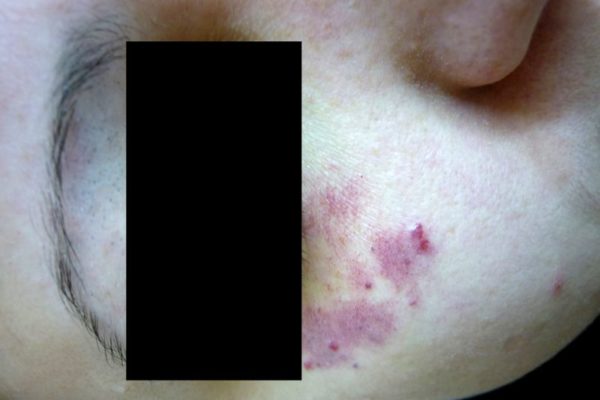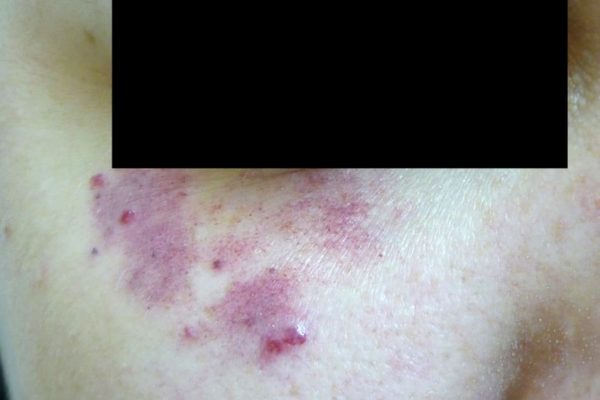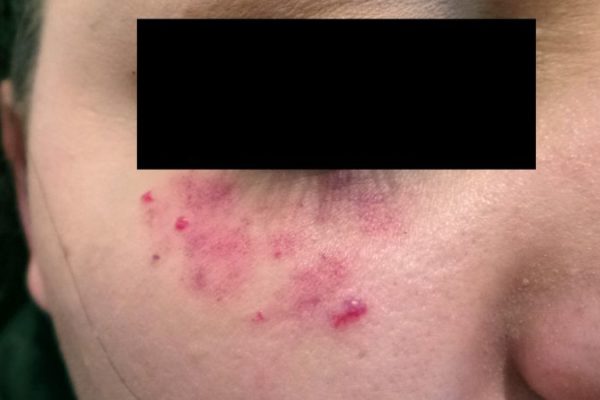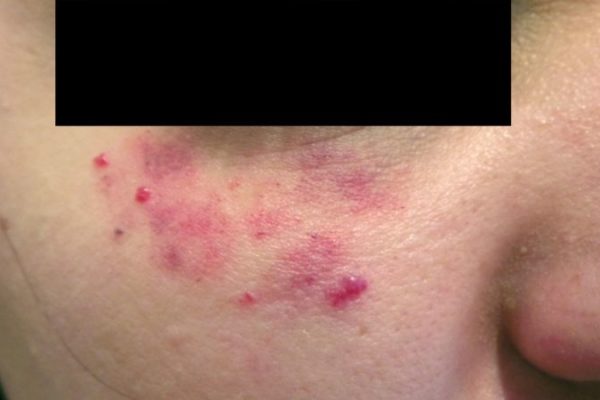Lasers in dermatology
The first-timelasers were used to treat skin conditions was over 40 years ago. Argon and carbon dioxide (CO2) lasers were commonly used to treat benign vascular lesions, such as port-wine stains and haemangiomas. Although these birthmarks could be effectively lightened, an unacceptably high rate of scar formation was the side effect. During the last 20 years, advances in laser technology have revolutionised their use and application in the treatment of many skin conditions andcongenitaldefects, includingvascularand pigmented lesions, and the removal of tattoos, scars and wrinkles. There is a wide spectrum of laser technologies available for skin resurfacing and rejuvenation.
Properties of Lasers
Lasers are sources of high-intensity light with the following properties:
- Monochromatic, i.e. the radiation is of a single wavelength
- Coherent, i.e. the light beam waves are in phase
- With parallel beams, i.e. the light beams travel in parallel
Laser light can be accurately focused into small spots with very high energy. The light is produced within an optical cavity containing a medium, which may be a gas, such as argon, krypton, carbon dioxide, liquid or solid, such as ruby, neodymium:yttrium-aluminium-garnet, alexandrite). The process involves excitation of the molecules of the laser medium, which results in the release of a photon of light as it returns to a stable state. Each medium produces a specific wavelength of light, which may be within the visible spectrum (violet 400 through to red 700 nm) or infrared spectrum (more than 700 nm). Vascular skin lesions contain oxygenated haemoglobin, which strongly absorbs visible light at 418, 542 and 577 nm, whereas pigmented skin lesions contain melanin, which has a broad range of absorption in the visible and infrared wavebands. Infrared lasers are broadly destructive because they are absorbed by water in and between skin cells, which are composed of 70-90% water. The aim is to destroy the target cells and not to harm the surrounding tissue. Short pulses reduce the amount that the damaged cells heat, thereby reducing thermal injury that could result in scarring.
What types of lasers are there?
There are several types of lasers used in skin laser surgery. Older laser technologies such as the continuous wave (CW) lasers of carbon dioxide (CO2)and argon have been replaced with quasi-Continuous Wave (quasi-CW laser) mode lasers and pulsed laser systems. Picosecond lasers have very short pulses. The wavelength peaks of the laser light, pulse durations and how the target skin tissue absorbs this, determine the clinical applications of the laser types.
What skin conditions can be treated with lasers?
- Lasers for vascular lesions: Lasers have been used successfully to treat a variety of vascular lesions including, superficial vascular malformations(port-wine stains), facial telangiectasias,haemangiomas,pyogenic granulomas,Kaposi sarcoma and poikiloderma of Civatte. Lasers that have been used to treat these conditions include argon, APTD,KTP, krypton, copper vapour,copper bromide, pulsed dye lasers andNd:YAG.Argon(CW) causes a high degree of non-specific thermal injury and scarring and is now largely replaced by yellow-light CW and pulsed laser therapies.
- Pulsed dye laser is considered the laser of choice for most vascular lesions because of its superior clinical efficacy and low-risk profile. It has a large spot size, 5 to 10 mm, allowing the quick treatment of large lesions. Side effects include postoperative bruising (purpura), which resolve within 1-2 weeks, and transient pigmentary changes. Crusting, textural changes and scarring are rare.
- Lasers for tattoos and pigmented lesions
- Lasers for hair removal
- Lasers for facial wrinkles, facial scars, and sun-damaged skin
- Lasers for keloids and hypertrophic scars
- Other uses: Lasers are sometimes used to remove warts by vaporisation (CO2laser) or destruction of the dermal blood vessels (PDL). The CO2 laser can be used to remove a variety of skin lesions including seborrhoeickeratoses and certain types of skin cancers by vaporisation or in cutting mode. However, conventional surgery or electrosurgery can also be used and is generally less expensive. Violet-blue metal halide light (407-420 nm) has been used to treat acne because it has atoxic effect on the acne bacteria (Proprionibacterium acnes). The Excimer laser uses noble gas and halogen to produce ultraviolet radiation (308 nm) that will treat psoriasis plaques. However, the small spot size and the tendency to cause blistering makes treatment time-consuming and difficult to perform.
Laser safety
Safety precautions will depend on the type of laser system and the setting used. They should include:
- Thorough training of the doctor
- Eye protection for the patient and the operator
- Warning notice outside the procedure room
- Use of non-reflective instruments
- Avoidance of flammable materials
Side Effects of Laser
- Temporary pain, redness, bruising, and blistering
- Infection, including reactivation ofherpes simplex
- Pigmentchanges of the skin (brown and white marks), which may be permanent
- Scarring, rarely







